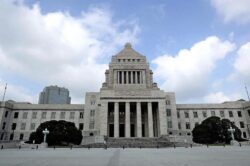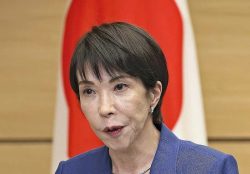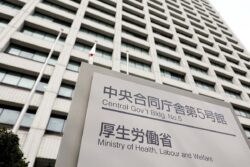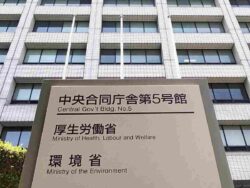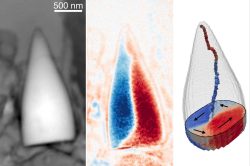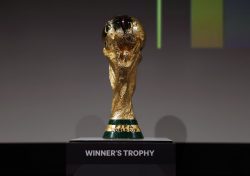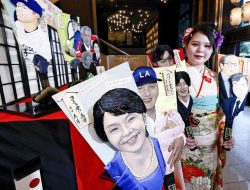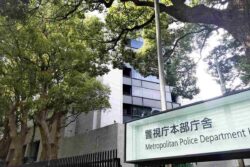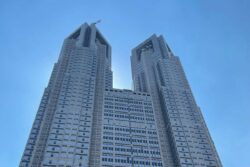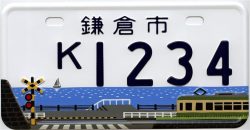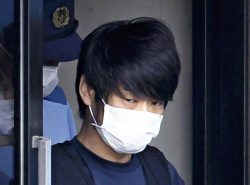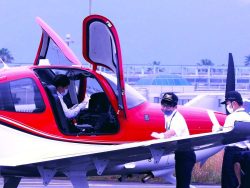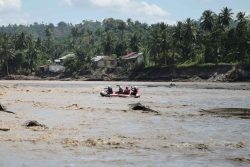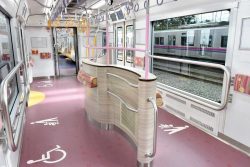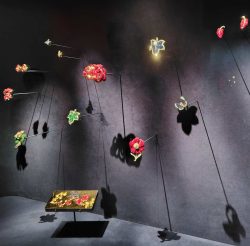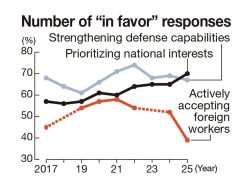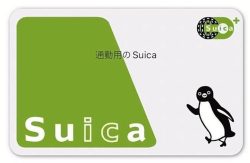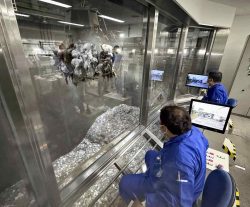Japan Prime Minister Ishiba Embarks on Southeast Asia Visit Hoping to Bridge Asia with West; Prepares for 1st Meeting with Trump
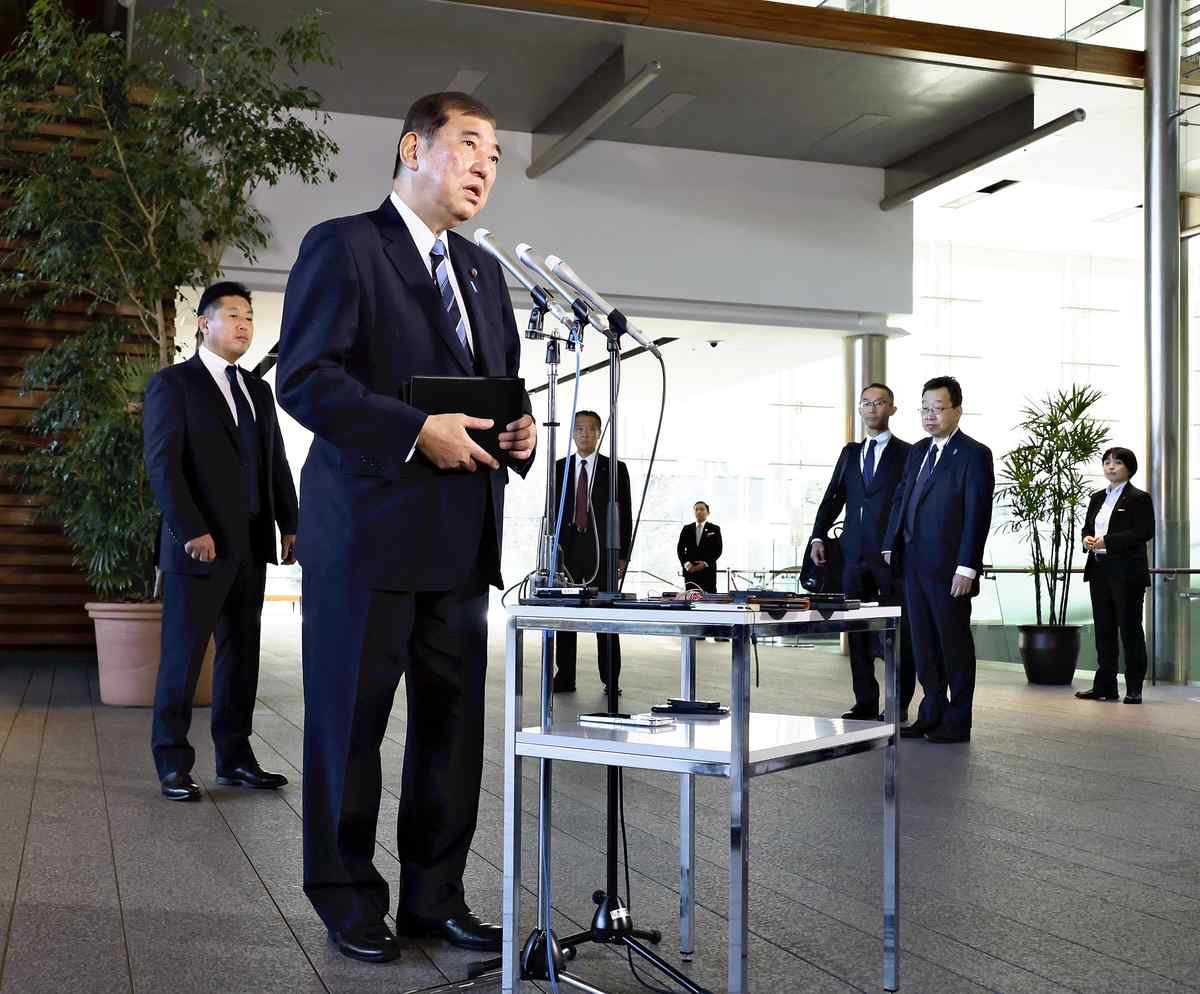
Prime Minister Shigeru Ishiba speaks at a briefing about his trip to Southeast Asia at the Prime Minister’s Office on Thursday.
16:32 JST, January 10, 2025
Prime Minister Shigeru Ishiba’s first overseas visit of the year is underway. His crucial diplomatic tasks for this year are building a relationship with the incoming administration of U.S. President-elect Donald Trump and dealing with China.
The aim of Ishiba’s current Asian tour is for it to be a foothold for forging a relationship with the Global South therefore maintaining a balance in the Indo-Pacific region.
Building bridges
“In an increasingly uncertain international community, I want to place greater importance than ever on relations with Southeast Asia,” Ishiba told reporters ahead of his first diplomatic visit overseas since taking office not related to an international conference.
Russia’s aggression against Ukraine and the deteriorating situation in the Gaza Strip have divided the international community, and the Association of Southeast Asian Nations is expected to move away from the United States and become increasingly influenced by China.
Until now, Japan has acted as a bridge between ASEAN on one side and the U.S. and Europe on the other. Ishiba chose this year’s ASEAN chair Malaysia and regional power Indonesia as the first countries to visit. Trump — who is set to be inaugurated on Jan. 20 — is thought to have neglected Asia during its first term, so Japan is eager to promote its influence and encourage the United States to be actively involved in the Indo-Pacific region.
Unpredictable
At one point, Ishiba sought to visit the United States immediately after the Asian tour in order to more quickly develop a personal relationship with Trump. However, as he could not hold formal talks with Trump before the inauguration and therefore could not publicly announce their outcome, he switched to a February visit. By meeting with Trump before China, Ishiba would demonstrate the solidity of Japan-U.S. relations.
However, there is no doubt the mishandling of the unpredictable Trump could affect Japan’s national interests. Ishiba, who has little diplomatic experience, has been carefully preparing for the meeting. He met former Prime Minister Taro Aso at the end of last year and was advised that “you must begin with your conclusions.”
On Tuesday, Ishiba dined with SoftBank Group Corp. Chairman and Chief Executive Officer Masayoshi Son, who had recently met with Trump, and was given a tip to “answer briefly and concisely.” Ishiba told those around him, “I must engage with Mr. Trump while thinking of him as a businessman rather than a politician.”
Source of friction
However, it is still unclear if Ishiba — even if he can hone his negotiating skills — will be able to respond to Trump’s tough demands.
The first hurdle is Nippon Steel Corp.’s planned acquisition of U.S. Steel Corp., which U.S. President Joe Biden recently issued an order to block. “The only thing we can do is to have [Nippon Steel] drastically change its acquisition plan and have Trump understand that the plan would make a significant contribution to employment in the United States,” a senior Foreign Ministry official said.
Like Biden, Trump is opposed to the acquisition, and in reality “there is no example of him [Trump] giving the green light to something he previously said no to,” another senior ministry official said. An amicable resolution to the planned acquisition will not be easy, and in fact may remain a source of friction between Japan and the United States.
Some members of the Trump administration have called for Japan to raise its defense spending to around 3% of its gross domestic product. Japan is in the process of increasing its defense budget to 2%, and a greater burden could draw complaints within Japan.
Related Tags
"Politics" POPULAR ARTICLE
-
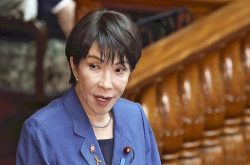
Japan to Charge Foreigners More for Residence Permits, Looking to Align with Western Countries
-
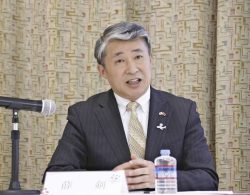
China Would Cut Off Takaichi’s ‘Filthy Head’ in Taiwan Crisis, Diplomat Allegedly Says in Online Post
-
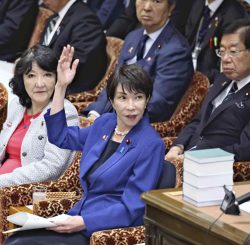
If China Were to Impose Blockade on Taiwan, Existential Crisis Could Be Triggered, Japan’s Prime Minister Takaichi Says
-

Japan to Tighten Screening of Foreigners’ Residential Status by Providing Information of Nonpayment of Taxes
-
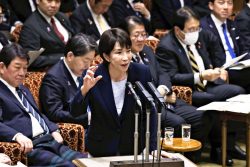
Takaichi Cabinet Approval Holds at 72% as Voters Back Aggressive Fiscal Stimulus, Child Benefits
JN ACCESS RANKING
-
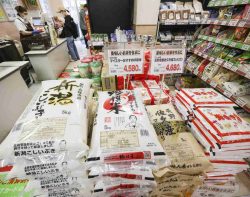
Govt Plans to Urge Municipalities to Help Residents Cope with Rising Prices
-
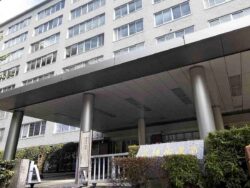
Japan Resumes Scallop Exports to China
-
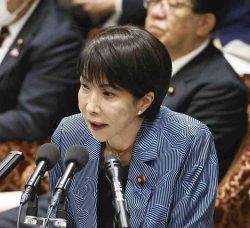
Japan Prime Minister Takaichi Vows to Have Country Exit Deflation, Closely Monitor Economic Indicators
-

Japan to Charge Foreigners More for Residence Permits, Looking to Align with Western Countries
-
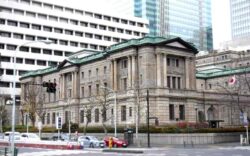
Japan GDP Down Annualized 1.8% in July-Sept.


